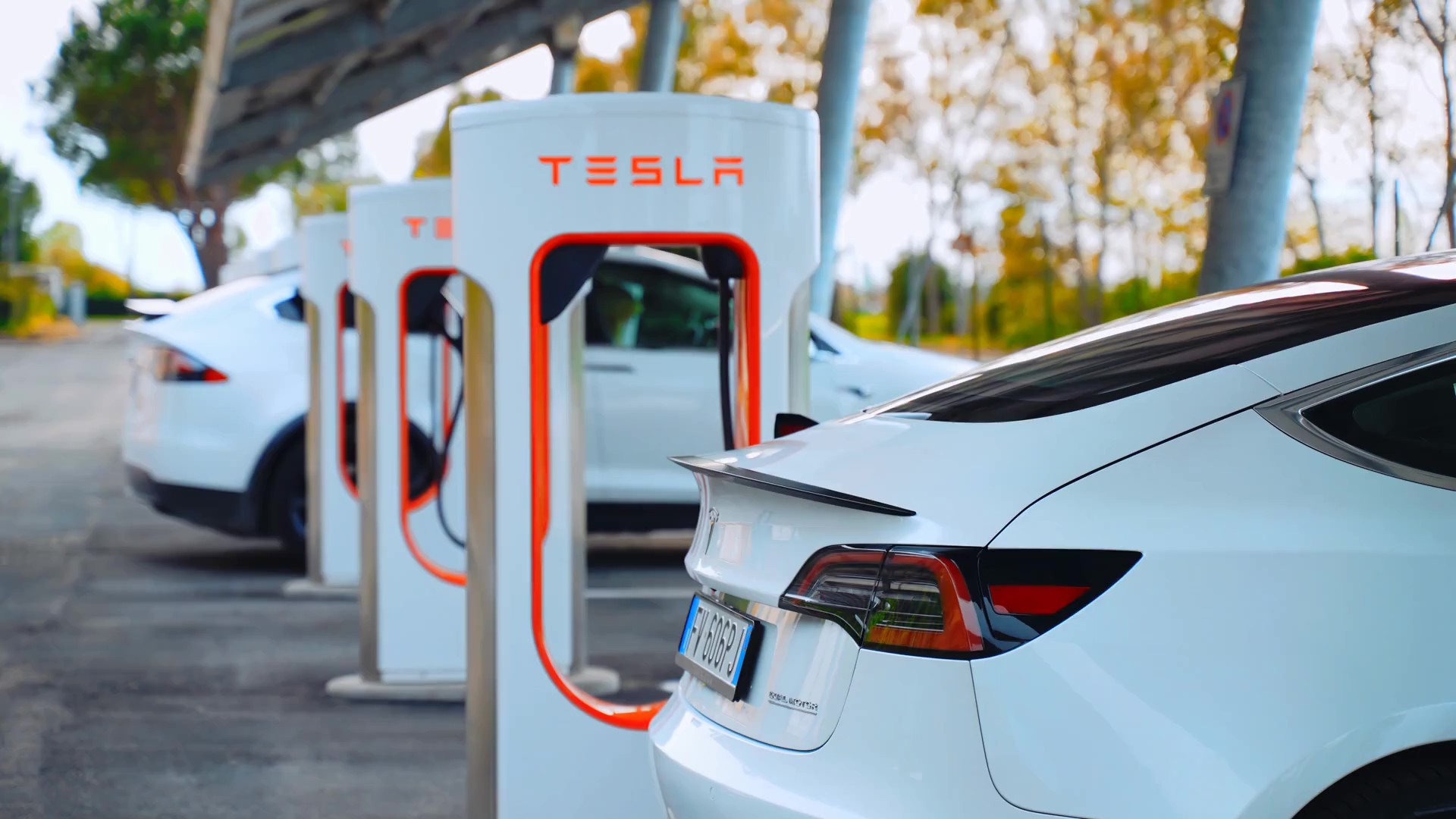Electric vehicle adoption is gaining speed in 2025, led by surging demand in China and the EU. According to recent figures from Benchmark Mineral Intelligence, global EV sales reached 5.6 million units between January and April, a 29% increase from the same period last year.
Despite trade friction and shifting tariff regimes, automakers are benefiting from strong local incentives, emissions deadlines, and export strategies, especially across Asia and Europe.
Europe’s Electric Surge
European automakers are benefiting from a hard regulatory push. EV sales in the EU rose 25% year-to-date, with Battery Electric Vehicles (BEVs) up 29%, continuing to outpace Plug-in Hybrid Electric Vehicles (PHEVs), which saw 16% growth. The emissions targets for 2025 are forcing a faster shift to fully electric models.
Performance across Europe has been uneven but mostly positive:
- Germany: +42%
- Italy: +56%
- Spain: +57%
- UK: +32%
- France: –14% (hit by reduced EV incentives)
China Stays in the Fast Lane
China remains the dominant EV force. Through April, sales hit 3.3 million units, up 35% year-over-year. This growth can be attributed to the government-backed trade-in program aimed at replacing older vehicles.
Monthly figures show some seasonality. April was down 9% from March, but year-over-year comparisons remain strong.
As reported by Benchmark Mineral Intelligence, EV growth by region from January to April 2025 includes:
- Global: 5.6 million units (+29%)
- China: 3.3 million (+35%)
- Europe: 1.2 million (+25%)
- North America: 0.6 million (+5%)
- Rest of World: 0.5 million (+37%)
Mexico Steps Up While North America Lags
North America posted a modest 5% increase in EV sales year-to-date. Yet within that, Mexico nearly doubled its numbers, buoyed by Chinese imports entering via Latin America to avoid direct U.S. tariffs.
The U.S. made news with two trade deals—one with the UK, allowing 100,000 vehicles under a 10% tariff (though only 5% are EVs), and another with China, temporarily easing some tariffs. Still, EVs and parts remain protected, continuing to limit Chinese market entry.
The EV sector remains resilient in the face of trade policy friction. Strong domestic demand in China and Europe, paired with flexible export strategies, are keeping the global growth curve steep. Meanwhile, lagging regions like North America risk falling behind unless incentives and infrastructure evolve in step with the broader market.

